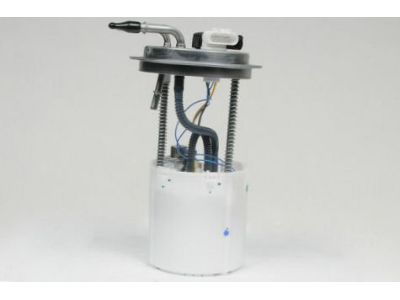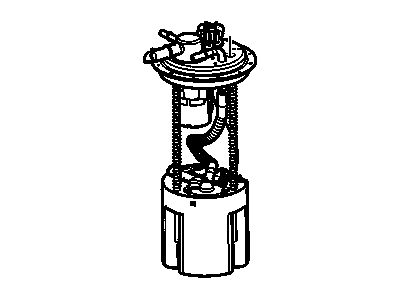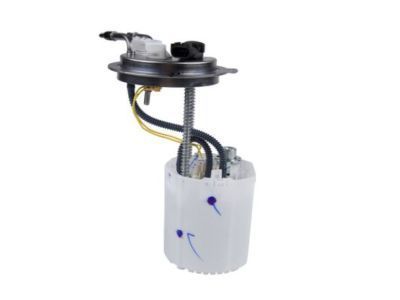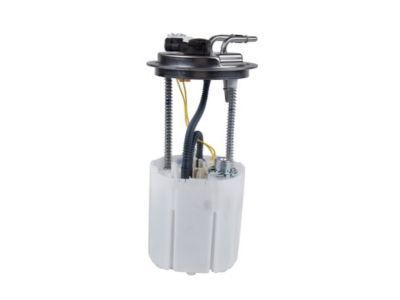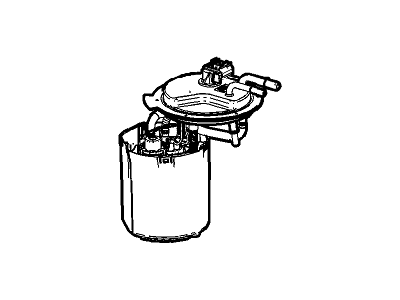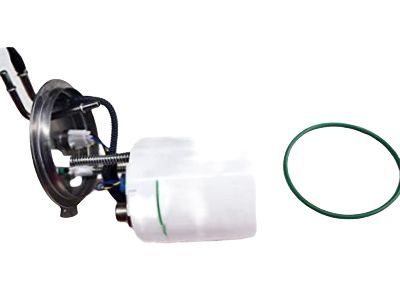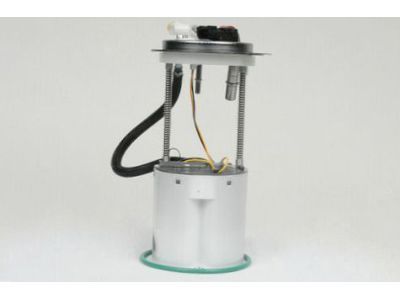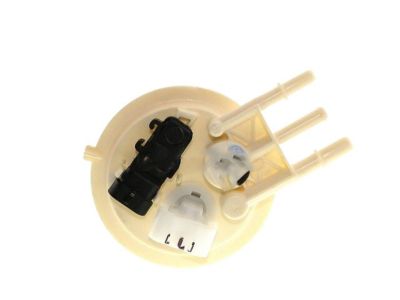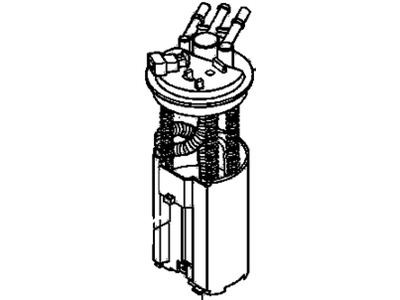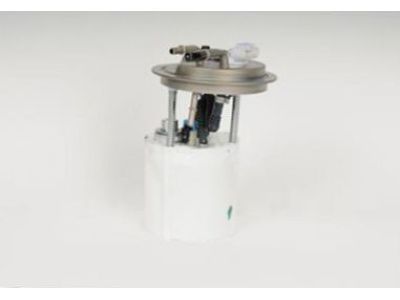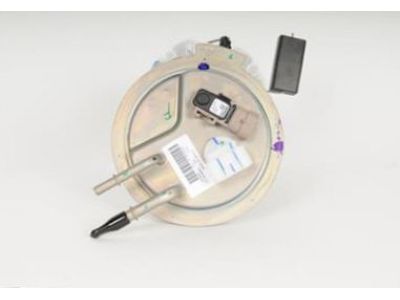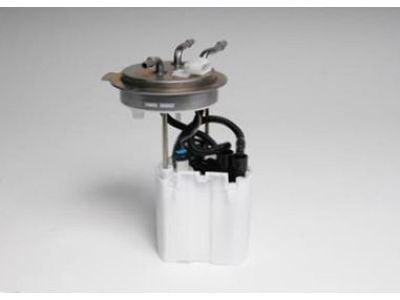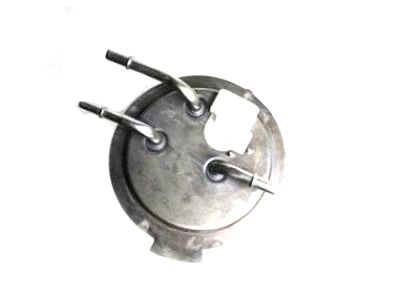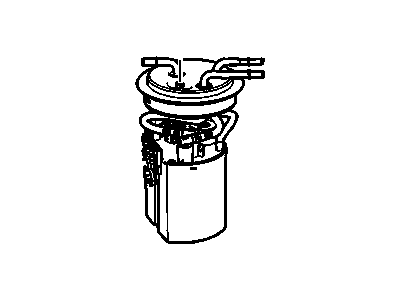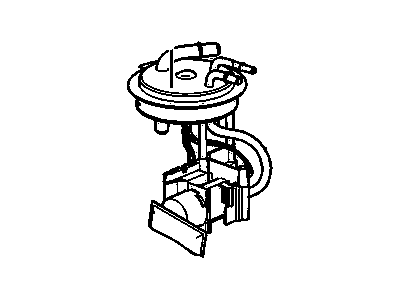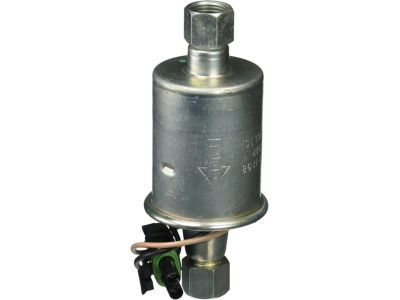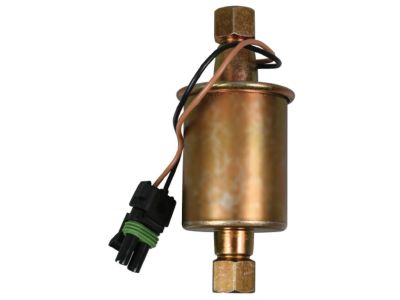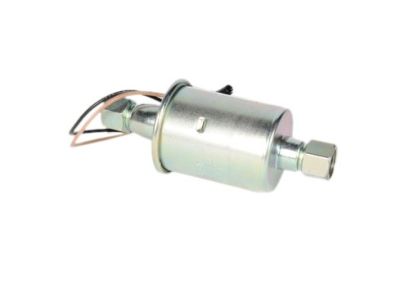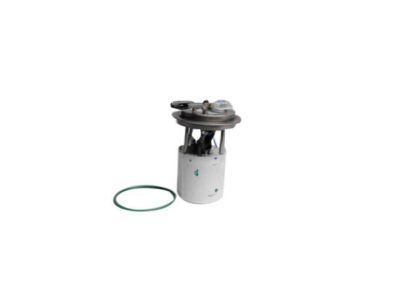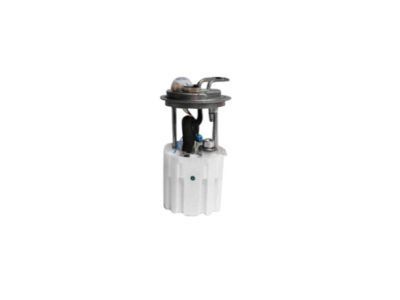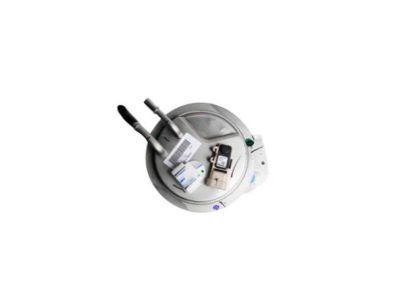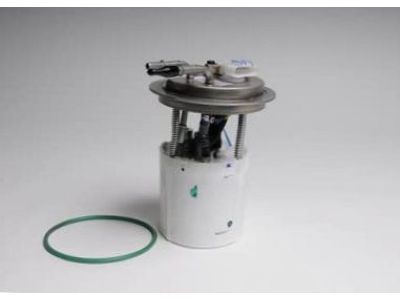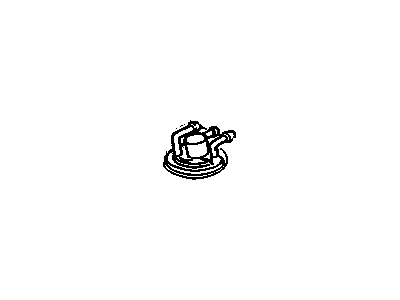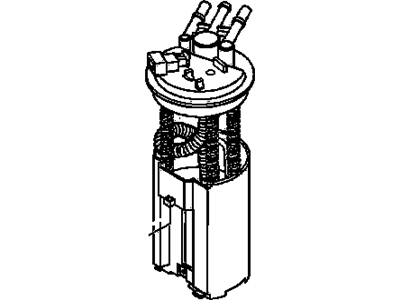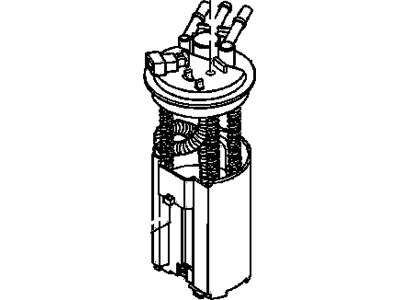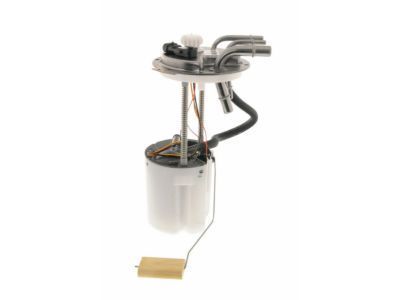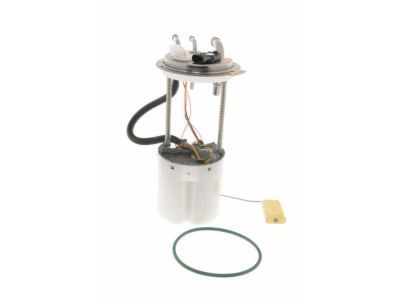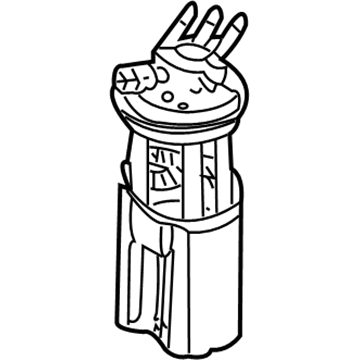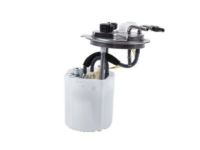
My Garage
My Account
Cart
Genuine Cadillac Escalade Fuel Pump
Gas Pump- Select Vehicle by Model
- Select Vehicle by VIN
Select Vehicle by Model
orMake
Model
Year
Select Vehicle by VIN
For the most accurate results, select vehicle by your VIN (Vehicle Identification Number).
31 Fuel Pumps found
Cadillac Escalade Fuel Tank Fuel Pump Module Kit (W/O Fuel Level Sensor)
Part Number: 19299717$327.97 MSRP: $671.04You Save: $343.07 (52%)Ships in 1-2 Business DaysCadillac Escalade Fuel Tank Fuel Pump Module Kit (W/O Fuel Level Se)
Part Number: 13512934$385.62 MSRP: $789.00You Save: $403.38 (52%)Cadillac Escalade Fuel Tank Fuel Pump Module Kit (W/O Fuel Level Sensor)
Part Number: 19299715$361.04 MSRP: $738.69You Save: $377.65 (52%)Ships in 1-2 Business DaysCadillac Escalade Fuel Tank Fuel Pump Module KIT (W/O Fuel Lvl Sen)
Part Number: 19368768$381.94 MSRP: $781.46You Save: $399.52 (52%)Ships in 1-2 Business DaysCadillac Escalade MODULE KIT,F/TNK F/PMP
Part Number: 19369943$279.92 MSRP: $572.72You Save: $292.80 (52%)Ships in 1-2 Business DaysCadillac Escalade Fuel Tank Fuel Pump Module Kit (Acdelco Only)
Part Number: 19208962$482.30 MSRP: $986.80You Save: $504.50 (52%)Ships in 1-2 Business DaysCadillac Escalade Fuel Tank Fuel Pump Module Kit
Part Number: 19332070$336.27 MSRP: $688.02You Save: $351.75 (52%)Ships in 1-2 Business DaysCadillac Escalade Fuel Tank Fuel Pump Module Kit
Part Number: 19331310$231.49 MSRP: $477.78You Save: $246.29 (52%)Cadillac Escalade Fuel Pump
Part Number: 15754298$107.16 MSRP: $299.38You Save: $192.22 (65%)Ships in 1-2 Business DaysCadillac Escalade Fuel Tank Fuel Pump Module Kit (W/O Fuel Level Sensor)
Part Number: 19208963$279.15 MSRP: $571.16You Save: $292.01 (52%)Ships in 1-2 Business DaysCadillac Escalade MODULE KIT,F/TNK F/PMP
Part Number: 19370396$331.74 MSRP: $616.40You Save: $284.66 (47%)Ships in 1-2 Business DaysCadillac Escalade MODULE KIT,F/TNK F/PMP
Part Number: 19369922$202.06 MSRP: $413.41You Save: $211.35 (52%)Ships in 1-2 Business DaysCadillac Escalade Fuel Tank Fuel Pump Module(Sender & Pump)
Part Number: 15205627$269.63 MSRP: $753.26You Save: $483.63 (65%)Ships in 1-2 Business DaysCadillac Escalade MODULE KIT,F/TNK F/PMP
Part Number: 19369908$313.56 MSRP: $641.56You Save: $328.00 (52%)Ships in 1-2 Business DaysCadillac Escalade Fuel Tank Fuel Pump Module KIT (W/O Fuel Lvl Sen)
Part Number: 19368772$308.35 MSRP: $630.91You Save: $322.56 (52%)Ships in 1-2 Business DaysCadillac Escalade Fuel Tank Meter/Pump SENDER
Part Number: 15732147$124.77 MSRP: $233.81You Save: $109.04 (47%)Ships in 1-2 Business DaysCadillac Escalade MODULE KIT,F/TNK F/PMP
Part Number: 19369886$294.17 MSRP: $601.89You Save: $307.72 (52%)Ships in 1-2 Business DaysCadillac Escalade Pump Assembly, Fuel
Part Number: 12711662$338.72 MSRP: $693.05You Save: $354.33 (52%)Cadillac Escalade Fuel Tank Fuel Pump Module KIT
Part Number: 19370394$395.05 MSRP: $711.80You Save: $316.75 (45%)
| Page 1 of 2 |Next >
1-20 of 31 Results
Cadillac Escalade Fuel Pump
Taking its function in the delivery of fuel to the engine with the goal of creating the premier combustion, the Cadillac Escalade Fuel Pump is an important component. These are automatized pumps which pressurize and filter the fuel so that it would have the ability to be efficiently used. Previous generations used mechanical pumps mostly in carbureted vehicles while the current generation vehicles use electric pumps for fuel injected engines as they provide higher pressures with better efficiency. Besides safety and fueling, electric pumps are safeguarded by Electronic Control Units entrusted for monitoring, and the new models use Pulse Width Modulation for durability and low energy/electrical power consumption. All in all, the Fuel Pump in Cadillac Escalade vehicles plays a vital role in engine efficiency and decreasing emissions.
Each OEM Cadillac Escalade Fuel Pump we offer is competitively priced and comes with the assurance of the manufacturer's warranty for the part. Furthermore, we guarantee the speedy delivery of your orders right to your doorstep. Our hassle-free return policy is also in place for your peace of mind.
Cadillac Escalade Fuel Pump Parts Questions & Experts Answers
- Q: How to check the operation of the fuel pump on Cadillac Escalade?A:First of all, to test the fuel pump, turn the ignition key to ON and listen for a whirring sound. If not heard, check the fuel pump fuse, relay, and wiring. If these are fine, the pump may be damaged. If the pump runs continuously, the PCM could be faulty.
- Q: How to remove and install a fuel pump module on Cadillac Escalade?A:Relieve the system fuel pressure. Disconnect the cable from the negative battery terminal. Remove the Fuel Tank. Clean the top of the fuel pump module. Disconnect the quick-connect fittings from the fuel pump module. Note the orientation of the pump mounting flange and mark the orientation of the fuel pump in relation to the fuel tank to ensure that the fuel pump is correctly realigned when you install it again. If you're going to install a new pump, note the location of your alignment mark on the old pump and make a mark at the same spot on the new unit. Using a pair of large water pump pliers, unscrew the fuel pump module lock ring by turning it counterclockwise. If the lock ring is tight or pliers will not work, use a hammer and a brass punch to loosen it. Remove the pump assembly, taking care not to damage the fuel level sensor float arm and float. Before installing the pump, inspect the O-ring for cracks, tears, and deterioration. If it isn't in perfect condition, replace it. The float arm may need to be installed onto the new fuel pump module. Note the installed position of the float arm on the old module and snap the float arm onto the new module in the same position. Insert the fuel pump/fuel level sensor module into the fuel tank, align the mark that you made on the fuel pump/fuel level sending unit flange with the mark you made on the tank, and carefully seat the pump flange on the tank. Make sure that you don't damage the float arm or the float during installation. If the float arm is bent, the fuel level that is indicated on the fuel level gauge on the instrument cluster will be incorrect. Remaining installation is reverse of removal.
- Q: How to remove and install a fuel pressure sensor and high-pressure fuel pump on Cadillac Escalade?A:Remove the engine covers. Relieve the fuel system pressure. Disconnect the cable from the negative battery terminal. Remove the intake manifold and the fuel pump/fuel rail insulator. The fuel rail fuel pressure sensor is located at the rear of the left-side fuel rail. Disconnect the fuel pressure sensor electrical connector. Unscrew and remove the sensor from the end of the fuel rail. Clean the threads in the fuel rail of any gasoline. Apply a single drop of oil on the new sensor threads, then install the sensor and hand tighten it. Remove the sensor, apply another drop of clean engine oil on the threads, then reinstall the sensor and tighten it. Connect the sensor electrical connector. The remaining installation steps are the reverse of the removal process. Remove the low-pressure fuel feed line bracket bolt and disconnect the feed line at the pump. Using a flare-nut wrench, unscrew the high-pressure line fittings between the fuel rail and fuel pump and discard the pipe as a new one must be used. Disconnect the electrical connector from the high-pressure fuel pump. Remove the high-pressure fuel pump bolts, then remove the cover, pump, and gasket. Always replace the bolts and pump gasket with new ones. With the pump removed, rotate the engine by hand and ensure that the camshaft lobe is at its base circle (lowest point) before attempting to install the pump. Lubricate the pump roller with engine oil. Using a NEW gasket, position the pump and cover onto the valley cover and tighten the bolts evenly, one turn at a time, from side to side. Tighten the bolts. The remaining installation steps are the reverse of the removal process. Clean the high-pressure fuel line fittings on the pump and crossover pipe, then apply a drop of clean engine oil to the threads of each fitting. Install the NEW high-pressure fuel line, tightening the fittings to the torque specified in the Specifications. The remaining installation steps are the reverse of the removal procedure. Reconnect the cable to the negative battery terminal, then start the engine and check for fuel leaks.
Related Cadillac Escalade Parts
Browse by Year
2024 Fuel Pump 2023 Fuel Pump 2022 Fuel Pump 2021 Fuel Pump 2020 Fuel Pump 2019 Fuel Pump 2018 Fuel Pump 2017 Fuel Pump 2016 Fuel Pump 2015 Fuel Pump 2014 Fuel Pump 2013 Fuel Pump 2012 Fuel Pump 2011 Fuel Pump 2010 Fuel Pump 2009 Fuel Pump 2008 Fuel Pump 2007 Fuel Pump 2006 Fuel Pump 2005 Fuel Pump 2004 Fuel Pump 2003 Fuel Pump 2002 Fuel Pump 2000 Fuel Pump 1999 Fuel Pump
